The road to Bunnahabhain Distillery snakes off to the north of Islay not far from Port Askaig, where everyone arrives by ferry these days. Most people speed past the turn on their way southwest to Bowmore, and if you’re not careful you might miss the turn inadvertently. The “Bunnahabhain road,” as I like to call it, is a narrow slab of asphalt climbing over hills and curling around small lochs as it wends its way to the distillery. There are no guard rails, few signs of civilization, and stunning views of the Paps of Jura. By the time the road ends at a silent bay ringed by Bunnahabhain Distillery, I’d been wondering if the distillery actually existed, if the Ileachs of Islay hadn’t forgotten to remove the sign.
It’s an understandable fate for the most remote distillery on Islay whose whisky is arguably the most distant from the typical Islay style. Bunnahabhain (pronounced boo-na-HA-bin or bü-na-ha-venn) isn’t part of the smoke triumvirate of Laphroaig, Lagavulin, and Ardbeg; it’s not the heart of Johnnie Walker like Caol Ila or at the heart of Islay like Bowmore; nor is it one of the new guys like Bruichladdich or Kilchoman making veritable whisky waves with their innovation- and provenance-focused practices. Instead, Bunnahabhain quietly offers a gentle, almost Speyside-style whisky from the island of smoke. It wasn’t always this way.
Bunnahabhain means “mouth of the river” in Gaelic, and it was established in 1881 at the mouth of the Margadale River in what I consider to be the most picturesque setting of Islay’s distilleries. Over the past 130 years, the distillery has changed hands among various owners, a common occurrence for Scotch distilleries, but what’s fascinating is the event that transpired one night in 1963. It was around this time that Bunnahabhain’s character was changed forever. Gone was the typical heavily-peated Islay style and in was a nearly unpeated, Speyside style. Production more than doubled to meet demand from blenders, and the rest is history.
These days, Bunnahabhain is part of Burn Stewart Distillers, and there’s renewed attention given to its single malts. That’s music to my ears. I arrive to the distillery on a sunny/windy/rainy Wednesday. A huge pier that was used to bring in malt through the mid-90s juts out into a turquoise bay. It’s little more than a museum piece now as all transportation comes and goes via the winding Bunnahabhain road. In the small gift shop I’m met by Andrew Brown, Bunnahabhain’s new distillery manager. His buzzed red hair and friendly, lined face belie the 22 years he’s spent at Bunnahabhain working his way up from humble beginnings unloading malt on the dock. Whisky’s in the blood; his father-in-law was also a stillman here.
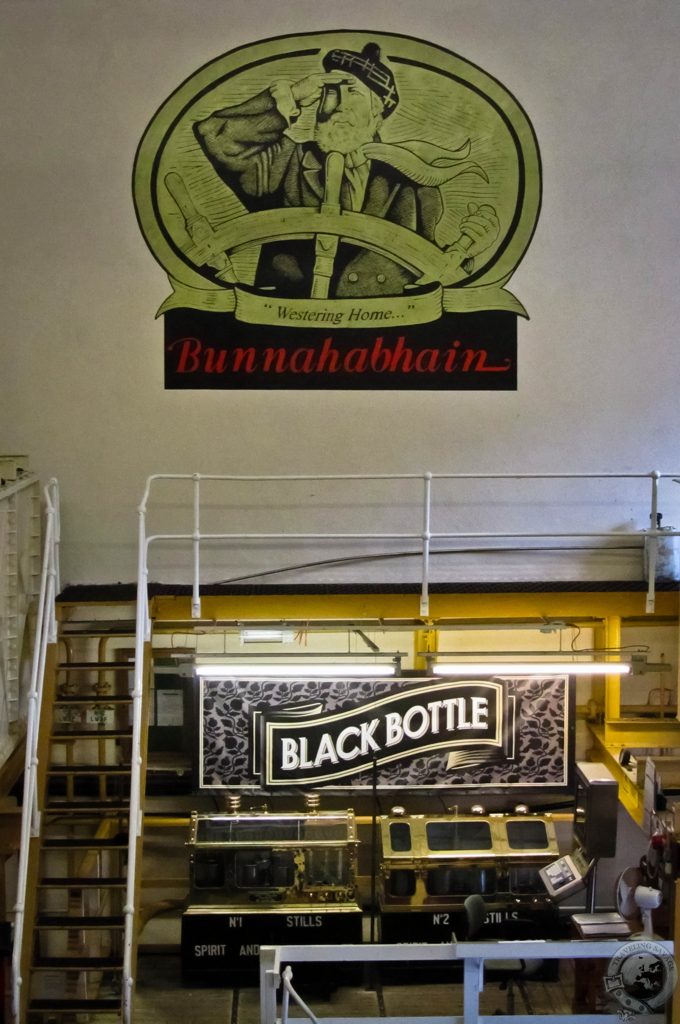
I’m visiting the distillery on their silent day as Andrew leads me on a detailed and technical exploration of Bunnahabhain’s facilities. The scale of their equipment is stunning. Gargantuan malt bins feed one of the largest mash tuns in Scotland, which gives way to row after row of enormous washbacks. In the stillhouse, four of the crustiest stills I’ve ever seen fill the high-ceiling room. Andrew opens one of the spirit stills and I get a rare look inside. Turns out most distilleries polish their stills. The issue with these? They’re coated in a heat-activated lacquer.
The distillery has the feel of well-worn boots. It’s a comfortable, peaceful place capitalizing on manpower and knowhow; a chalkboard next to the mash tun is the closest thing to a computer that you’ll see. Whether this is a testament to the old ways or a lack of funding doesn’t really matter. The end product always speaks for the process, and it all starts with fresh springwater, a rarity on Islay where loch or river water is typically used, and practically unpeated malt.
We dodge a sudden downpour and dart across the distillery yard to their warehouse. The interior is like a family reunion of Sherry butts, and Andrew explains how Bunnahabhain is primarily aged in these casks, though they’re starting to experiment with some finishes. I do like a nicely-Sherried dram, and the mention takes me back to the night I first tasted Bunnahabhain in March. My friend Willie Wallace of Celtic Legend handed me the dram at the Cask & Barrel in Edinburgh’s New Town and challenged me to guess where it was from. I said Speyside; he laughed and said Islay. Things changed.
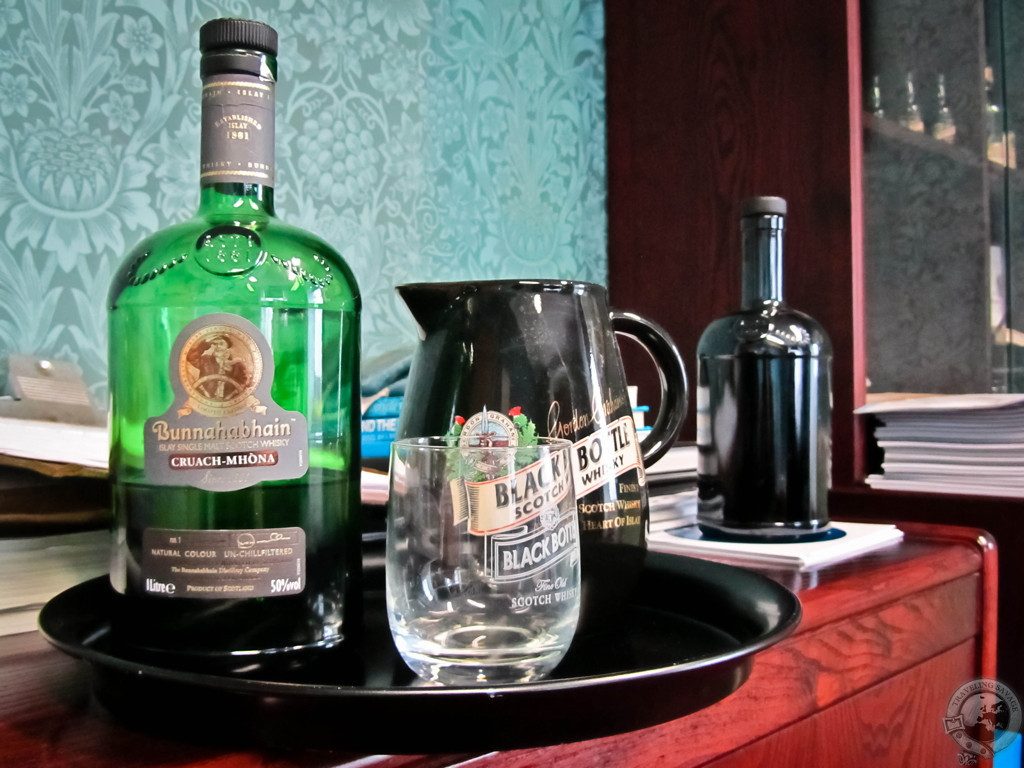
A good two hours after I arrived we’re sitting in Andrew’s office. He can’t let me go without a taste (he can’t, can he?!), so he pulls out a curiously nondescript black bottle and pours me the final drops of a 14 Year Bunnahabhain aged in Cognac barrels. It’s their special bottling for Islay’s 2011 Feis Ile festival, and it calls forth a sweet fruitiness mixed with something earthy on the nose. At nearly 60% ABV, it hits the palate like a flaming sword before unveiling a rich mixture of creamy vanilla, citrus, chocolate, and nuts. The finish is long with salty, nutty echoes. It’s a complex and warming dram.
Andrew pours me a second, this one from their Cruach-Mhóna bottling. This is peated Bunnahabhain and it’s only available in duty-free shops at airports. The nose is dried seaweed with toast and floral, herby notes buffeted by smoke. More smoke and ship’s rigging come to the fore on the palate before an unexpected amount of malty sweetness follows. Peppery aromas develop on the medium-length finish. More please.
I’m staring across the Sound of Islay toward Jura as Andrew smokes a cigarette just before I leave. Bunnahabhain has changed how I view Islay whiskies. Is “Islay” a style? A terroir? If I didn’t know better (and I didn’t), I could’ve believed I was in Speyside just down the road from Aberlour. Talking about Islay whiskies too often means forgetting about a place like Bunnahabhain. They call Andrew the “navigator” around the distillery, and with offerings like Cruach-Mhóna and the un-chill-filtered 12, 18, and 25 year old bottlings, he’s doing his damnedest to make sure you find Bunnahabhain at home on your liquor shelf.
Disclosure: I arranged the visit with Bunnahabhain. The tour and tastes were provided complementary by Andrew. All thoughts and opinions expressed here are my own.

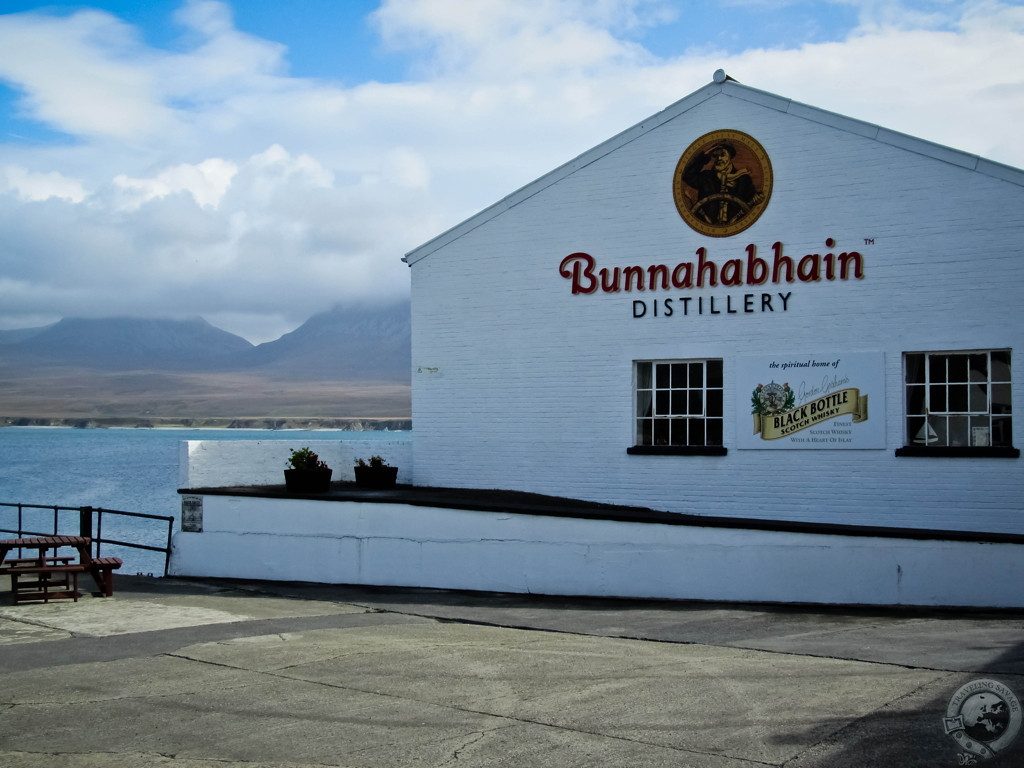
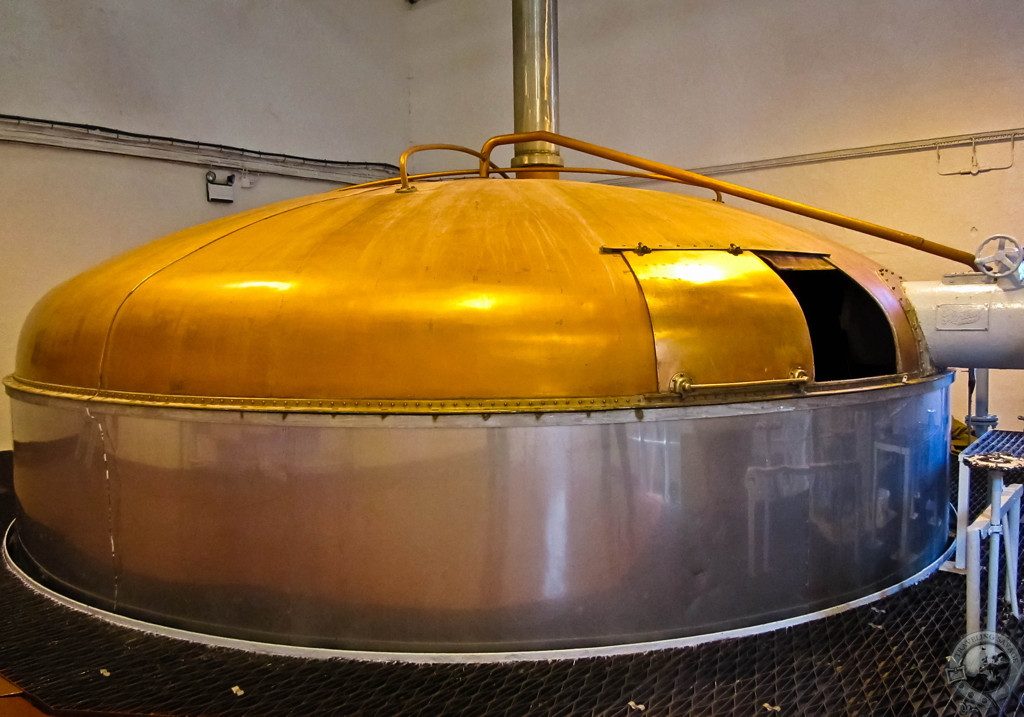
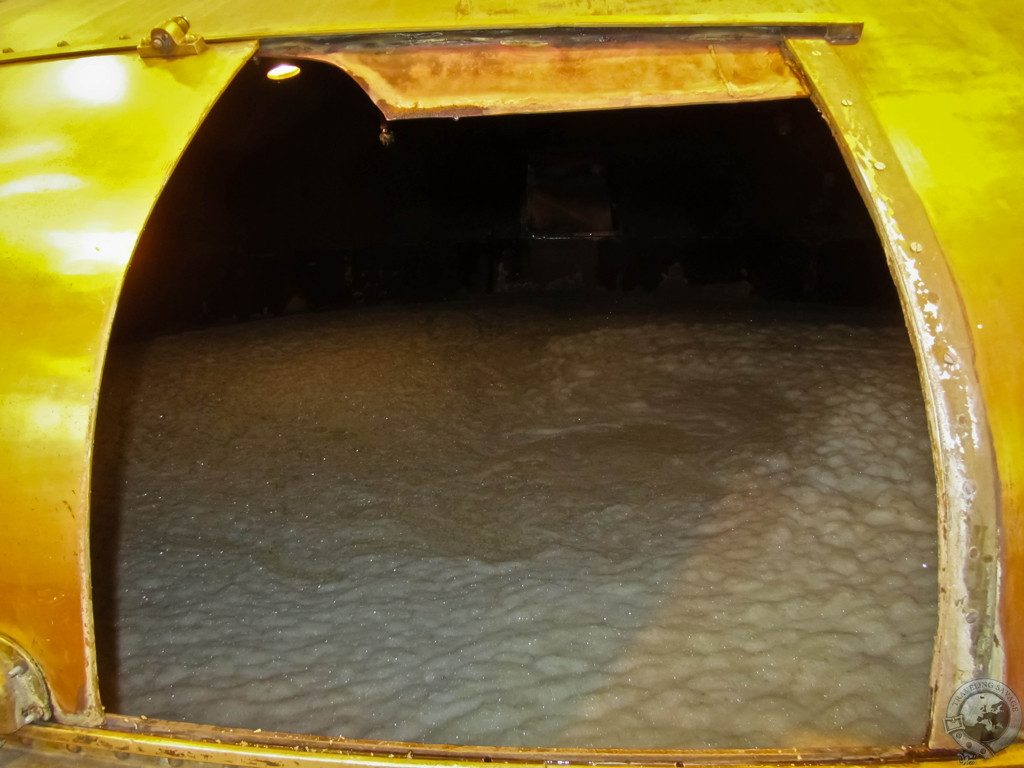
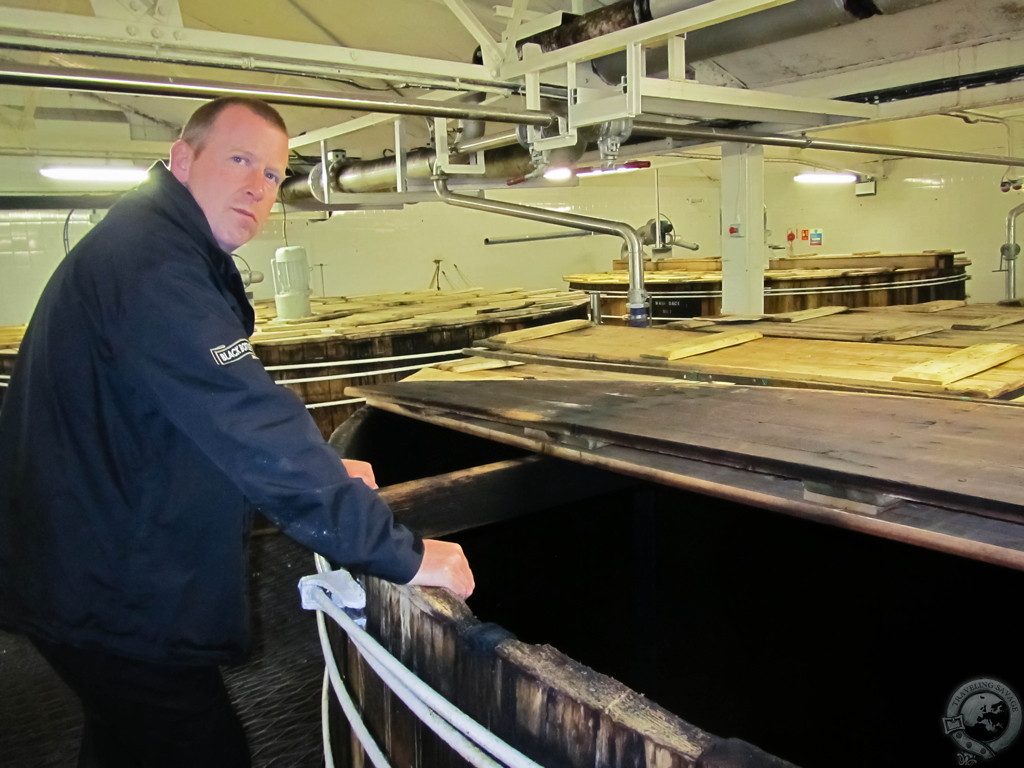
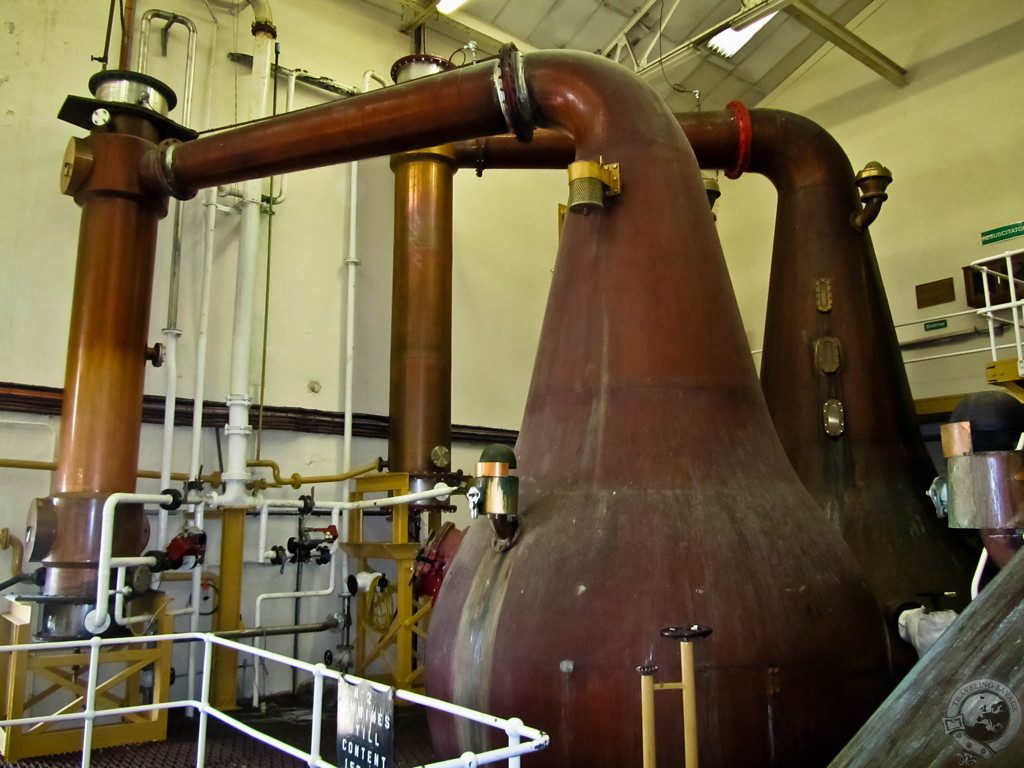
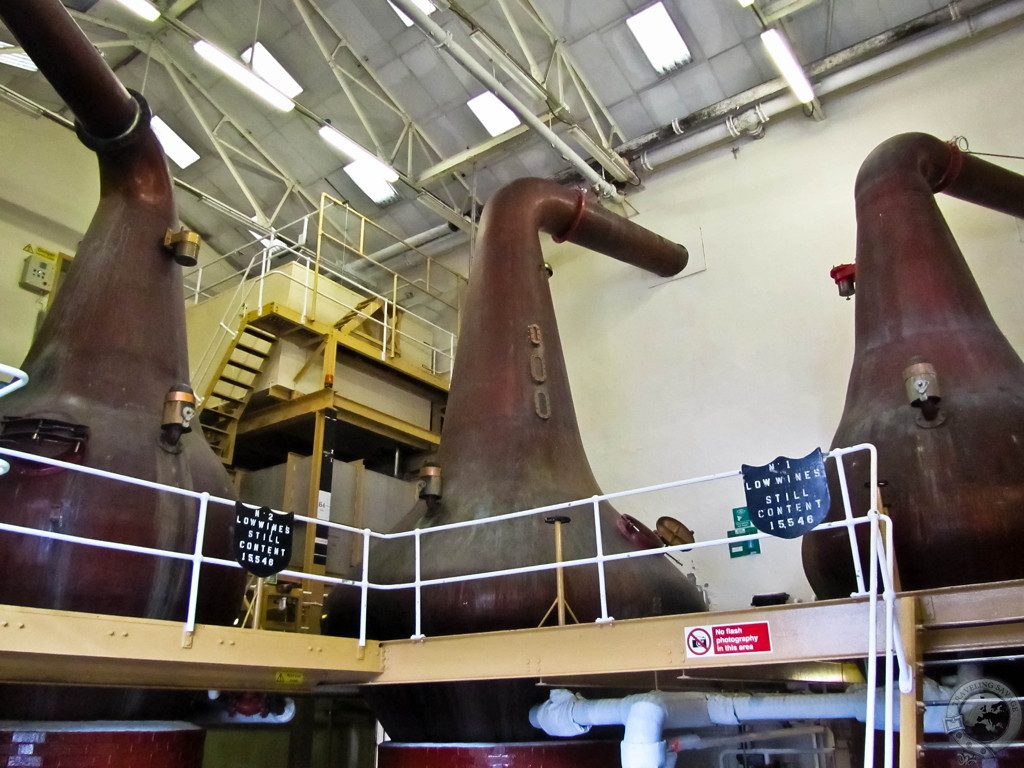
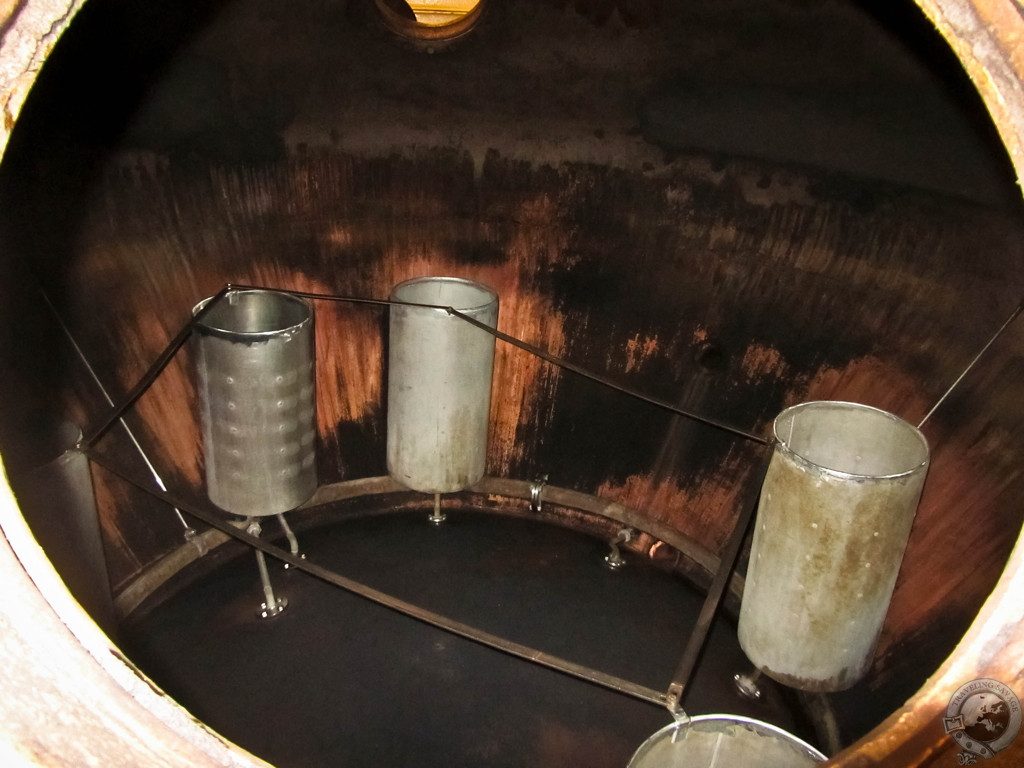
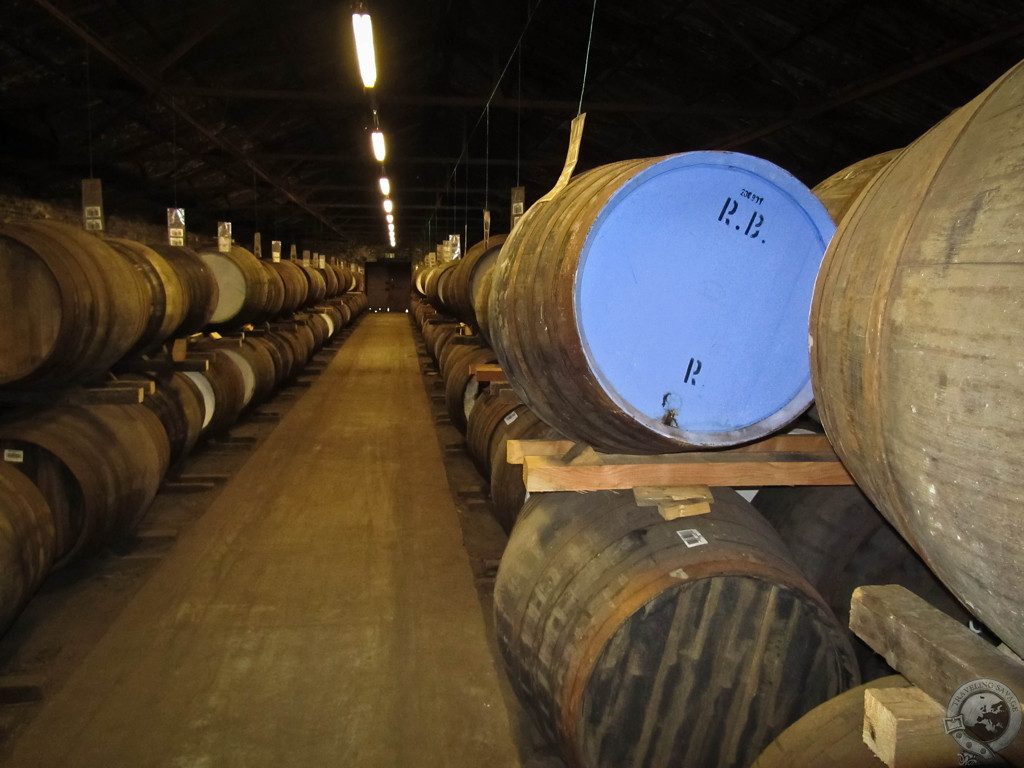
Your last paragraph reflects what more and more people have been saying over the last couple of years. The split into regions and an “Islay style” associated with peaty makes less and less sense. After all it’s not only Bunnahabhain with unpeated (or very low peated) whiskies, Bruichladdich as well. I think Caol Ila had a few as well. On the other hand there are more and more peated whiskies in other “regions”, e.g. Ardmore.
The more you understand about Scotch whisky and the more adventurous distilleries become, the less useful the old designations become. I think we’re just witness to an evolving industry. I find it super compelling!
Just before reading your entry on the Bunnahabhain distillery I had ordered a glass – neat – of 12yr old Islay style at Barriques. Indeed, a mighty fine scotch!
Cool! Good choice, Wayne 🙂
Bunnahabhain Distillery wow what a location, i just love the challenges scots give when whisky tasting, i bet you would guess correct next time keith.
It’s a truly gorgeous spot and well worth the drive.